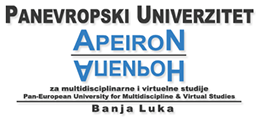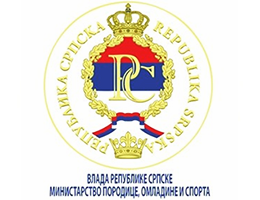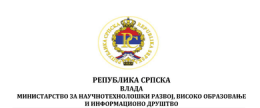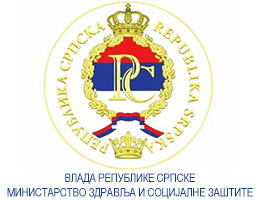Intensification Of A Physical Education Lesson By Applying The High-Low Aerobic Programme
Volume 2, Issue 2 (2012)
Volume 2, Issue 2 (2012)
Intensification Of A Physical Education Lesson By Applying The High-Low Aerobic Programme
Abstract:
For a few decades so far, one of the crucial problems within the schooling system has been the intensification and rationalisation of the Physical Education lessons. To achieve an optimal level of physiological activity and adjust the working methods to the students’ need for moving during the Physical Education lessons is not an easy task at all. Based on the programme and organisation aspect of the Physical Education lesson, as a part of the research there was applied the high-low aerobic programme as an innovative programme of exercising during the Physical Education lessons. The sample consisted of the seventh grade female students (N=30) of the Primary School „Vožd Karađorđe“ in Leskovac, of average 13,3 years of age. The students’ heart beating frequency was checked by palpation on the radial artery at the beginning of the lesson, and, then, at every five seconds. The results of the research show that the high-low aerobic programme, as an innovative methodology-organisational working method, contributes to the intensification of exercising during lessons.
Keywords:
Physical Education, lessons, intensification, high-low aerobic
Full Text:
References:
- Arunović, D., Berković, L., Krsmanović, B., Madić, B., Matić, M., Radovanović, Đ., Višnjić, D. (1992). Fizičko vaspitanje: teorijsko-metodičke osnove stručnog rada. Niš: NIU „Narodne novine“.
- Babiak, J. (2011). Opterećenje učenika na času i mogućnosti neophodne intenzifikacije nastave. Aktuelno u praksi, 23(10), 41-52.
- Bokan, B. (1996). Tehnologija radnih procesa u fizičkom vaspitanju između teorije i prakse (mogućeg i stvarnog). Sveska VII. Novi Sad: Fakultet fizičke kulture.
- Findak, V., Prskalo, I. i Pejčić, A. (2003) Dopunsko vježbanje-čimbenik učinkovitosti sata tjelesne i zdravstvene kulture. Kinezilogija, Vol. 35, 143-154.
- Findak, V. (1999). Metodika tjelesne i zdravstvene kulture. Zagreb: Školska knjiga.
- Grassi, G. P., Turci, M. & Sforza, C. (2006). Aerobic fitness and somatic growth in adolescent: a cross sectional investigation in a high school context. J. Sports Med Phys Fitness, 46(3), 412-428.
- Grego, L., Luiz, M. H., Goncalves, A. & Padovani, C. R. (2006). Physical condition and health of practicing dancers and school – girls. Educacao fisica e trinamento, 25 (2), 97-112.
- Ilić, N. (2001). Osnove fiziologije fizičke aktivnosti. Beograd: Studio.
- Lorger, M. (2009). Efekti primjene poligona prepreka kao metodičko-organizacijskog oblika rada tijekom nastave tjelesne i zdravstvene kulture. Zbornik radova 18. Ljetne škole kineziologa Republike Hrvatske, str.71-75.
- Mandarić, S. (2003). Efekti programiranog vežbanja uz muziku kod učenica sedmih razreda osnovne škole. Neobjavljena doktorska disertacija. Beograd: Fakultet sporta i fizičkog vaspitanja.
- Mandarić, S., Kocić, S., Milinković, D. (2010). Komparativna analiza strukture treninga različitih fitnes programa. Zbornik radova, (190-194). Beograd: Fakultet sporta i fizičkog vaspitanja.
- Popov, J. (1995). Uticaj aerobika kao sredstva fizičkog vaspitanja i obrazovanja u srednjoj školi. Neobjavljeni diplomski rad. Novi Sad: Fakultet fizičke kulture.
- Sekulić, D., Rausavljević, N., Zenić, N. (2003). Changes in motor and morphological measures of young women induced by the Hi-Lo and Step aerobic dance programs. Kineziologija, 35 (1), 48-58.
- Sibinović, A. (2010). Efekti programa high-low aerobika kod učenika osmih razreda osnovne škole. Neobjavljeni Magistarski rad. Beograd: Fakultet sporta i fizičkog vaspitanja.
- Viskić-Štalec, N., Štalec, J., Katić, R., Podvorac, Đ., Katović, D. (2007). The Impact of Dance-Aerobics Training on the Morpho-Motor Status in Female High-Schoolers. Collegium Antropologicum, 31(1), 259 – 266.
- Zdanski, I. (1986). Intenzifikacija časa fizičkog vaspitanja. Beograd: NIP Partizan.






